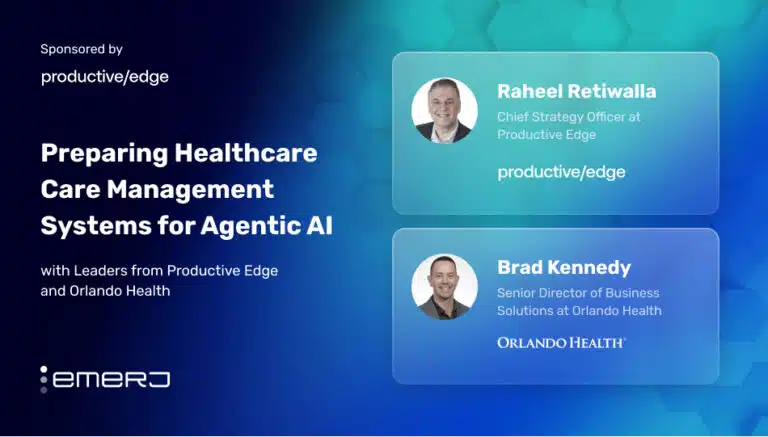Tute Genomics is part of a grand shift towards the leveraging of genetic information towards better health and better treatments. One of the “holy grails” of this transition from one to the other is the advent of
The company itself – headed up and co-founded by Dr. Reid Robison (PhD, University of Utah) – is a business-to-business software as a service aimed at both academic labs and industrial research. Tute helps researchers sequence entire genomes for health and disease to quantify health risks or predict response to medication.
Where the research has been most exciting recently – and where the Tute Genomics team has been deeply involved personally – is in the domain of gene discovery, a process made much simpler by the advent of much cheaper whole genome sequencing in the past 5-or-so years. Reid and his co-founder Kai Wang have been instrumental in the detection and identification of a number of mutations which have since been identified and titled (including Ogdon Syndrome, headed up by Dr. Gholson J. Lyon, also in Utah). Dr. Reid also mentioned the many other conditions – such as autism – where new genetic markers are being uncovered much more rapidly. Leveraging that information can help pharmaceutical companies detect potential side-effects earlier, and refine their drug creation processes by doing so.
The road this research travels runs away from cookie-cutter medicine, to improved diagnostics and calibration of medical applications per patient, per individual. The term used to describe this paradigm shift in medicine is “Precision Medicine.”
But how far are we from tailored treatments now? Already we see some application of genetic information influencing treatments of specific diseases, but we’re clearly not outside of the cookie-cutter box here in 2013. The transition beyond this “box” to precision medicine is going to involve a more granular understanding of biological systems, and certainly the human genome.
My interview with Microsoft’s Jim Karkanias involved him speaking of the human body today as still very much a “black box,” to which we must add chemicals or apply treatments and test response… then resorting to inference to determine what’s actually “happening.” Tute’s team is excited about unlocking the human genome, and tying genes and gene expression to other conditions might allow for one of the biggest keys to unlocking the black box.
Right now, we’re on the way to making that happen. Dr. Reid mentions that in 5 years, it might be common for a full human genome sequencing process to take significantly less time, and cost around $100 in total. What does that mean? It means a massive increase not only in the application of tailored treatments for patients, but a huge influx of data – allowing for more connections, more analysis, and a deeper understanding of how to use the data in the first place.
He also believes that in the 5 to 10 years ahead, genetic information will be used nearly ubiquitously in all aspects of medicine, especially in infants and newborns. “Even right now it’s cheaper to sequence the whole genome than it is to take a number of gene-specific tasks (IE: the breast cancer test),” says Dr. Reid. One of the major hangups is the speed at which the health care system as a whole will be able to adopt to the use and application of this information – including insurance companies and other entities.
The goal is to have 100% individualized treatments, honed in by all of the forces and factors tied to the patient – and specifically to their personal genome. Tute hopes to build the path to more effective and tailored treatments of the future.


















